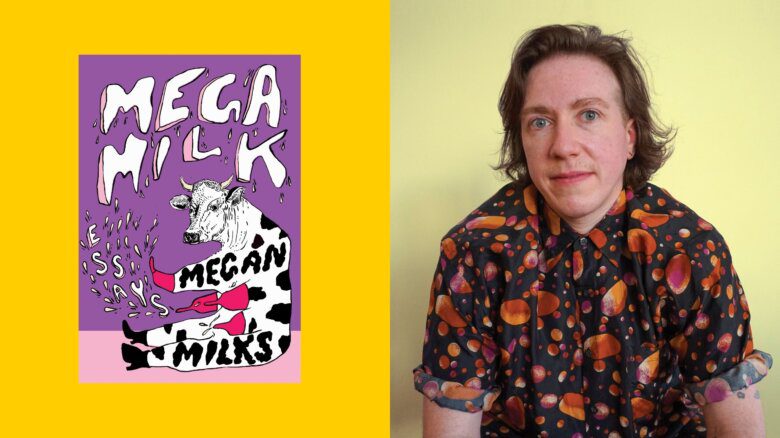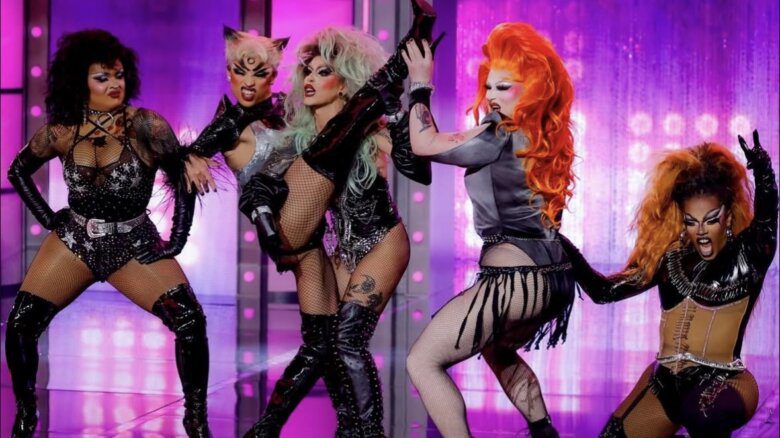Daniel Barkley did not train to be a painter — at least, not in the traditional sense. His path was twisted and tangential and involved a great deal of investment in film. “I did two years at Dawson College [a Montreal CEGEP, Quebec’s pre-university equivalent to grades 12 and 13] in painting, and then I studied film production at Concordia University. I did a BFA there, and an MFA there as well, all in film production. And then, after a couple of years of working on some really bad movies here in Montreal, I decided to go back to painting.”
Simple as that.
Looking at his paintings, that background shines through; there is a flatness, an attention to atmospheric particulars and details, and above all, a sense of cinematic narration that runs through his work. Barkley might be self-abasing about his art schooling (“I actually don’t have much formal training in painting,” he says), but his choice of academic path has proved to be a strong foundation. He has shown his work in numerous solo and group exhibitions in Canada and the US and received several awards including the Society Of Canadian Artists Award in 2002.
The 44-year-old Barkley spends a great deal of time outside the confines of painting and visual art. Living in Montreal, he works at the National Theatre School Of Canada, teaching students set painting, and he himself moonlights as a scenic painter. It’s a set-up that has provided Barkley with the essential ingredient for any figurative painter: his models. “I can’t seem to find anybody else to pose for me, so I bully my friends into it, or I bully their children,” he jokes, “usually, people I work with at the theatre.” Because of his constant contact with the school and the larger theatre world, there is a level of trust between painter and model that has translated into decades-long working relationships. One of his older models has been posing for 10 years; another started posing when he was 12, and at 27, continues to pose.
It’s that kind of lifelong sense of continuity that inspires his painting and makes it fresh. A great many paintings in the O’Connor and JM Barnicke shows are biblical narratives. When asked what he brings to those old art-historical chestnuts, Barkley’s reply is succinct. “I bring myself.” He inserts fragments from his own life, some central, some not.
The oft-repeated shore setting of the larger work is the banks of the St Lawrence River where he grew up. “All of my childhood was spent at the river’s edge, everything happened at the river.” And the blue plastic sheets of his paintings come from a vacation spent at Niagara Falls, seeing all the tourists in their plastic ponchos on the Maid Of The Mist tour-boat.
At the end of the day, Barkley tends not to read too much into this. It is his process, and is as natural to him as walking. In fact, Barkley is simple and concise about almost everything regarding his painting. He is aware of its anachronisms and slightly stodgy attention to detail, but that is who he is, and he doesn’t seem too angst-ridden about it. “I like old fashioned painting,” he explains. “That’s my thing.”
 Why you can trust Xtra
Why you can trust Xtra


